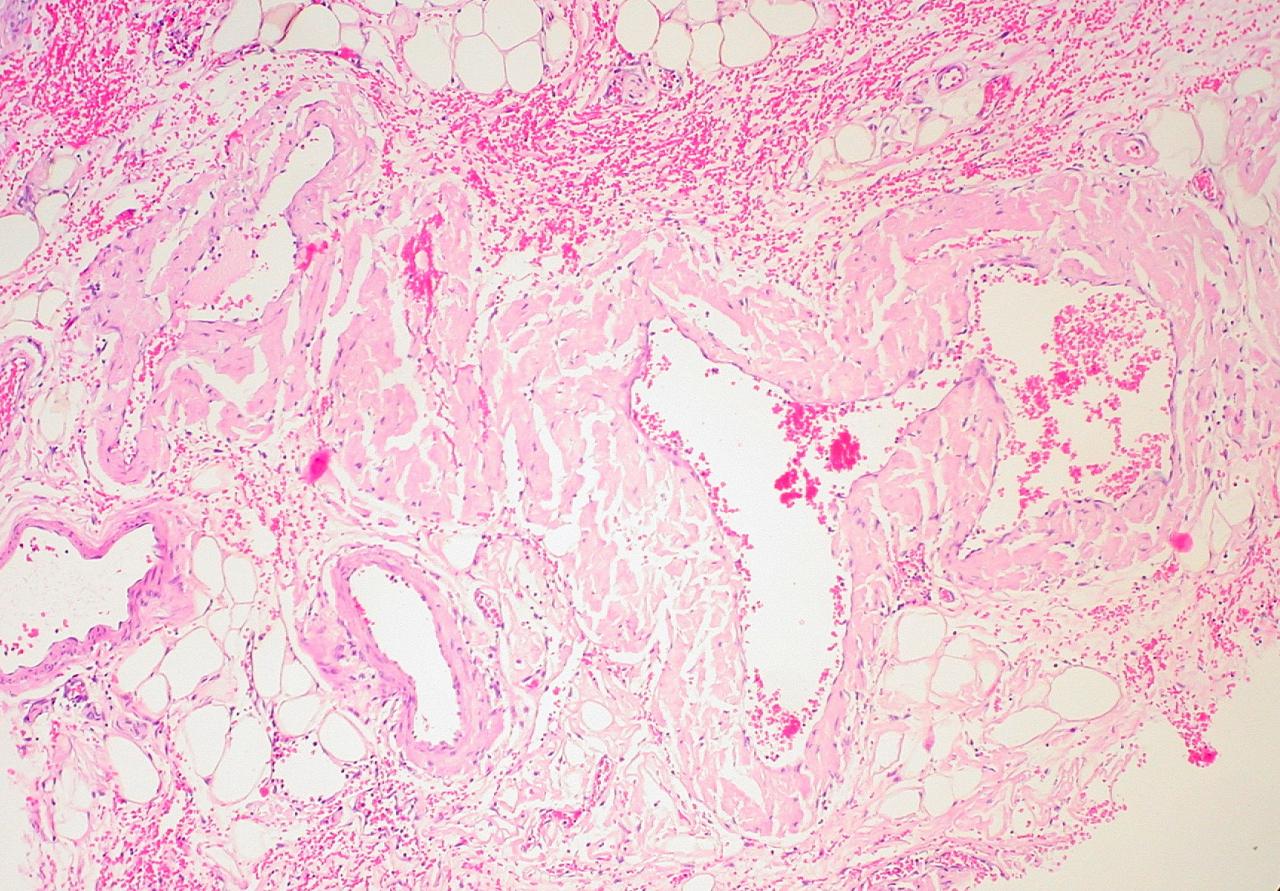In the human brain, there are about 100 billion neurons, or nerve cells, according to the University of Washington. These neurons send out messages through chemical and electrical signaling. Sensory neurons pick up sensations, such as the stove is hot, and relay it back to the brain. The brain then sends information to the motor neurons to carry out an action, such as moving the hand away from the stove.
But when there is a loss of function or structure of these neurons, it affects normal functioning. There are several different types of degenerative nerve diseases, which include Creutzfeldt-Jakob disease, Parkinson’s disease, Friedreich’s ataxia, Huntington’s disease, multiple sclerosis and Alzheimer’s disease.
Creutzfeldt-Jakob Disease
Creutzfeldt-Jakob disease is a rare disorder that affects about one in one million people, according to MedlinePlus. Patients with this disorder have a rapid deterioration of both movement and mental function, with dementia occurring over a period of a few weeks or months. Two groups of Creutzfeldt-Jakob disease exist: classic and variant.
With classic Creutzfeldt-Jakob, the majority of cases are sporadic Creutzfeldt-Jakob disease, in which there no known cause. The other classic form is familial Creutzfeldt-Jakob disease. Variant Creutzfeldt-Jakob disease, which makes up less than 1 percent of cases, is related to mad cow disease, noted MedlinePlus.
Parkinson’s Disease
With Parkinson’s disease, patients most commonly develop symptoms after age 50, though there are some patients who develop the disease in young adulthood. Parkinson’s disease results from the destruction of the nerve cells that produce the neurotransmitter dopamine. When the nerve cells do not have the dopamine they need, they cannot send motor messages properly, resulting in symptoms such as tremors, slowed movements and difficulty starting movement.
Friedreich’s Ataxia
Friedreich’s ataxia is a genetic disease caused by a defect in the gene frataxin, which causes too much of the trinucleotride repeat GAA to be produced.
To have the disorder, the patient must have a copy of this gene from both her mother and father. MedlinePlus noted that about one in every 22,000 to 29,000 people develop Friedreich’s ataxia. Patients may have muscle weakness, unsteady gait, abnormal speech, changes in vision, loss of coordination and jerky eye movements.
Huntington’s Disease
Patient’s with Huntington’s disease have a genetic defect on chromosome 4, which causes the trinucleotide repeat CAG to occur more than normal. This genetic disorder causes degeneration of the nerve cells in certain areas of the brain. Patients can experience behavioral changes, abnormal movements and dementia that slowly progresses.
Multiple Sclerosis
With multiple sclerosis, the body’s immune cells attack the myelin sheath, which covers nerve cells. This inflammation damages the myelin sheath, causing the signals between the nerve cells to slow down or even stop. The symptoms caused by multiple sclerosis depend on where in the brain and spinal cord the lesions occur. Patients may have muscle symptoms, eye symptoms, bowel and bladder symptoms, sensation changes, sexual problems or cognitive dysfunction.
Alzheimer’s Disease
Alzheimer’s disease is a type of dementia in which patients have a progressive loss of function in the domains of behavior, memory, thinking, judgment and language. Patients may have early onset Alzheimer’s disease, in which symptoms start before the age of 60, or late onset Alzheimer’s disease, which is the most common type of the disease. Several changes occur in the brain of an Alzheimer’s disease patient, including the presence of tangles and plaques.
References:
University of Washington. Cells of the Nervous System. Web. 14 December 2011
http://faculty.washington.edu/chudler/cells.html
MedlinePlus. Degenerative Nerve Diseases. Web. 14 December 2011
http://www.nlm.nih.gov/medlineplus/degenerativenervediseases.html
MedlinePlus Medical Encyclopedia. Creutzfeldt-Jakob Disease. Web. 14 December 2011
http://www.nlm.nih.gov/medlineplus/ency/article/000788.htm
MedlinePlus Medical Encyclopedia. Parkinson’s Disease. Web. 14 December 2011
http://www.nlm.nih.gov/medlineplus/ency/article/000755.htm
MedlinePlus Medical Encyclopedia. Friedreich’s Ataxia. Web. 14 December 2011
http://www.nlm.nih.gov/medlineplus/ency/article/001411.htm
MedlinePlus Medical Encyclopedia. Huntington’s Disease. Web. 14 December 2011
http://www.nlm.nih.gov/medlineplus/ency/article/000770.htm
MedlinePlus Medical Encyclopedia. Multiple Sclerosis. Web. 14 December 2011
http://www.nlm.nih.gov/medlineplus/ency/article/000737.htm
MedlinePlus Medical Encyclopedia. Alzheimer’s Disease. Web. 14 December 2011
http://www.nlm.nih.gov/medlineplus/ency/article/000760.htm
Reviewed December 15, 2011
by Michele Blacksberg RN
Edited by Jody Smith






Add a CommentComments
There are no comments yet. Be the first one and get the conversation started!